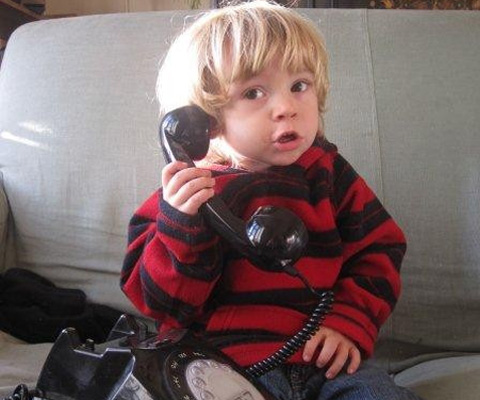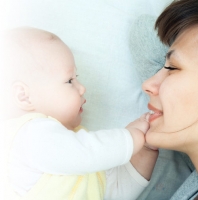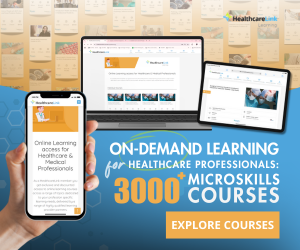Child as Listener and Speaker Part 2: Verbal Aspects of Communication course


This is the second of two sessions which describe the language processing system and the challenges facing all children learning to talk. This session describes the speech mechanism and the linguistic knowledge involved in both understanding and producing spoken language.
Learning objectives
By the end of this session you will be able to:
- Explain how the system of speech sounds used in spoken language relies on the precise co-ordination of the articulators: lips, tongue, jaw, vocal cords and velum
- Identify the different linguistic levels of spoken language: phonetics, phonology, semantics, syntax and pragmatics
This is the second of two sessions that introduce the child as listener and speaker.
In this session, we describe the biological structures and linguistic knowledge required for understanding and producing speech at the single sound, word and sentence level.
Before commencing this session you should complete the following HCP session:
- Speech, language and communication needs/Child as listener and speaker part 1: non-verbal aspects of communication (402-0034)
Sally is a Senior Lecturer in clinical linguistics and phonetics on the BSc (Hons) programme in Speech and Language Therapy at the University of St Mark and St John.
She is a dual-trained phonetician and speech and language therapist (SLT). Sally’s PhD was in acoustic phonetics and she has subsequently developed a web-based self-study resource in phonetic transcription and co-authored two clinical assessments for disordered speech production.
Sally has practised as a paediatric community clinician and a specialist SLT in a language unit for children with developmental language disorder. She also worked for the North Prospect Sure Start Lark Project developing resources to promote good parent-child interaction and early language skills and as a freelance assessor on the Children’s Workforce Development Council award of Early Years Professional Status. Her research interests include speech sound disorder and the relationship between speech perception, phonological awareness and early literacy development.


Jocelynne Watson practiced clinically as a Speech and Language Therapist in community paediatrics with a special interest in literacy before joining the Speech and Hearing Sciences Division at Queen Margaret University, Edinburgh as Clinical Director. Jocelynne also has a background in Psychology and is currently Visiting Professor in Speech and Language Therapy at Marjon, Plymouth. Her research interests include the effectiveness of computers in intervention, clinical vowel systems, the relationship between speech perception and production and, as a founder member of the Specific Language Impairment Consortium (SLIC), the links between genetics and communication.
- Typical Development Part 1: From Birth to Babble c...
- Posted By eIntegrity Healthcare e-Learning
- Posted Date: 2025-02-21
- Location:Online
- This session is about the course of typical language development from birth to about 1 year of age. ...
- Child as Listener and Speaker Part 1: Non-verbal A...
- Posted By eIntegrity Healthcare e-Learning
- Posted Date: 2025-02-21
- Location:Online
- This session is the first of two which describe the skills and knowledge that underpin the understan...
- Child Mental Health: Getting a Good Start course
- Posted By eIntegrity Healthcare e-Learning
- Posted Date: 2025-02-21
- Location:Online
- This session will outline the factors in the first 5 years of life that contribute to the developmen...
- Fantastic Twos - Common Behavioural and Emotional ...
- Posted By eIntegrity Healthcare e-Learning
- Posted Date: 2025-02-21
- Location:Online
- This session covers some of the behavioural problems which can result from poor mental health in pre...
- Communication Impairments Part 4: Autistic Spectru...
- Posted By eIntegrity Healthcare e-Learning
- Posted Date: 2025-02-21
- Location:Online
- This session is the last of four that looks at different speech, language and communication impairme...








